Two juvenile ospreys were taken from their nest on a light pole at a park in Calvert County, Md., and euthanized, causing a stir among local wildlife enthusiasts and birders.
County officials said they followed all protocols and federal laws protecting birds in removing the young ospreys from the pole to replace a light fixture on it at Cove Point Park in Lusby, but that is little comfort to local wildlife rehabilitation experts and birders.
Supporters of the ospreys said officials should have consulted a wildlife sanctuary to take the birds or relocate them rather than kill them. Birders said the animals were about to fledge from their nest and appeared to be perfectly healthy, but a federal wildlife official said the ospreys weren’t close to fledging.
Ospreys, like bald eagles and falcons, were nearly wiped out because of pesticide use more than 40 years ago, but they have made a comeback — including in the D.C. region, experts said — as part of widespread conservation efforts. Federal wildlife officials said there are about 2,000 nesting pairs of ospreys in the Chesapeake Bay area. They often nest on top of lights or utility poles, experts said. At the Calvert park, they had made a nest in the pole that overlooked a ballfield.
Robert Kyle, who lives in the Huntingtown area in Calvert County, said he was “outraged” when he learned from online reports and wildlife social media groups that the ospreys had been removed from the Calvert County park and euthanized. He said he “couldn’t believe that something like this could happen.”
“There was a way to save them,” Kyle said, noting that several area rehabilitation groups probably could have helped or taken the birds.
Donna Cole, who rescues birds of prey and runs a website called Annapolis Creative, was among the first to report on the ospreys’ removal in late July at Cove Point Park. She said that the juvenile ospreys were “perfectly healthy” and that the county’s “way of dealing with this was by killing wildlife.”
Officials in Calvert County disagreed, saying they had the necessary approval and permit from federal authorities to deal with the osprey nest.
In a July 28 statement, the Board of County Commissioners said that “because the nest was located in an area adjacent to a ball field, the nest posed a risk to the safety of the public.” It went on to say that the light pole at the park is “not equipped to accommodate the presence of ospreys.” The commissioners said “falling sticks or other nesting material” could fall from the nest and endanger visitors.

County officials said they had a “cooperative services agreement” with the U.S. Agriculture Department’s Animal and Plant Health Inspection Service (APHIS) to have the ospreys and their nest removed. The commissioners said they were “not consulted or informed as to why or how the decision was made to euthanize the juveniles in the nest rather than relocate.”
Sarah Ehman, a county spokeswoman, said in an email that similar maintenance has been done at other spots in the area and in “those cases, the raptors were placed in proper care.” She added that “we had no reason to believe that would not be the case in this instance” at Cove Point.
The commissioners said going forward they plan to “work to ensure that any ospreys removed from county property will be relocated.”
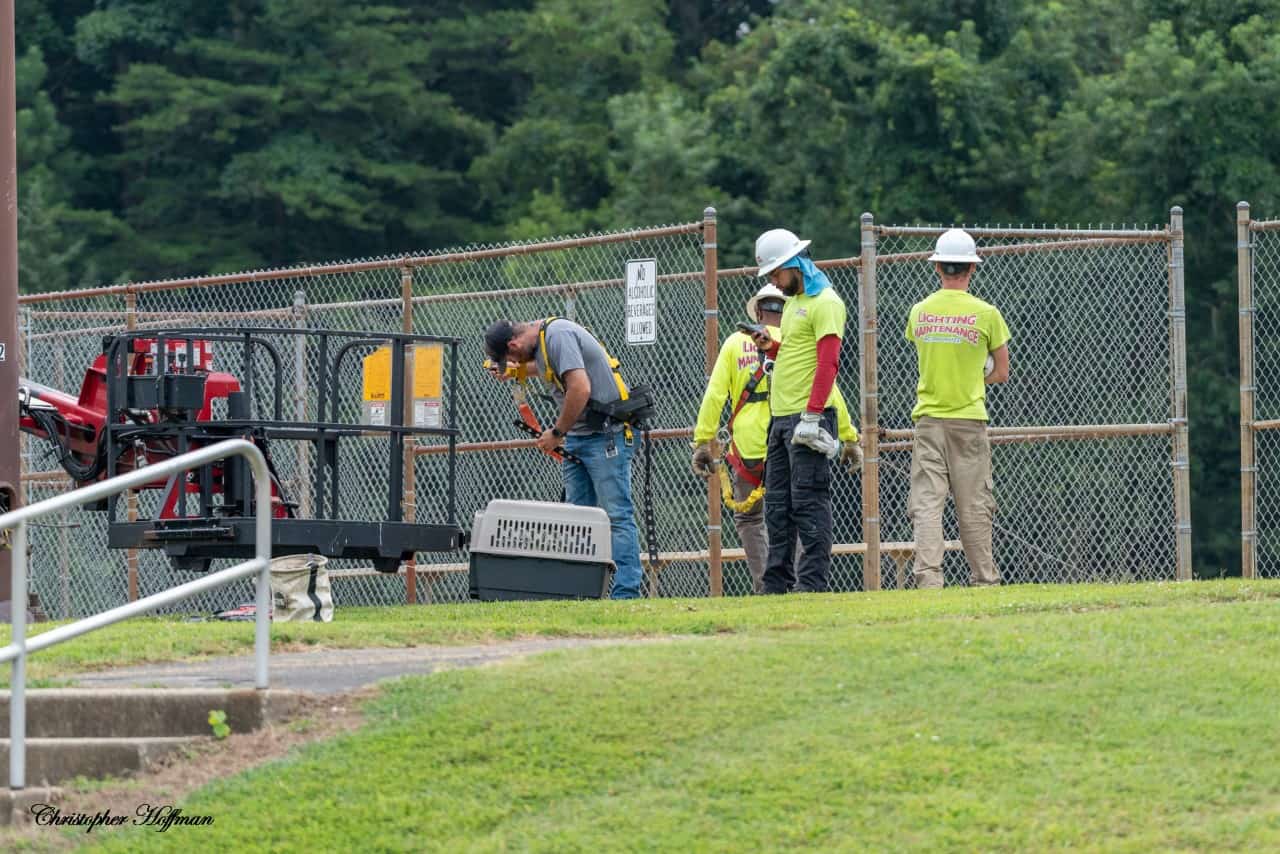
Even though ospreys are protected under the Migratory Bird Treaty Act, the U.S. Fish and Wildlife Service can issue special permits to allow for removing protected migratory birds in some instances.
In an email, Tanya C. Espinosa, a spokeswoman for APHIS, said the birds were removed from the nest at the request of Calvert County parks officials “due to human health and safety and property maintenance concerns.”
Once they were removed, Espinosa said, they were euthanized. She said the birds were about a month old and “not close to fledging.” Birders in the area and other wildlife experts have disagreed, saying they were slightly older and were close to fledging.
The peregrine falcon mostly disappeared. A lone chick took flight at Harpers Ferry for the first time in 70 years.
Espinosa said the Wildlife Service division’s work to do a “lethal removal is done with consideration for the population of the species as a whole.” She wouldn’t say whether officials had considered contacting a rehabilitation center or moving the birds to another nesting spot.
David Eisenhauer, a spokesman for the U.S. Fish and Wildlife Service’s North Atlantic-Appalachian region, said in an email that depredation permits are sometimes issued for the “capture or killing of birds to help reduce damage to agricultural crops/livestock, private property, human health and safety, and protected wildlife.”
He said birds are sometimes relocated or sent to a federally permitted rehab center. They’re “not always euthanized, and every case is different,” depending on the specifics outlined in a permit, Eisenhauer said.
Kyle and other wildlife supporters said they still weren’t pleased.
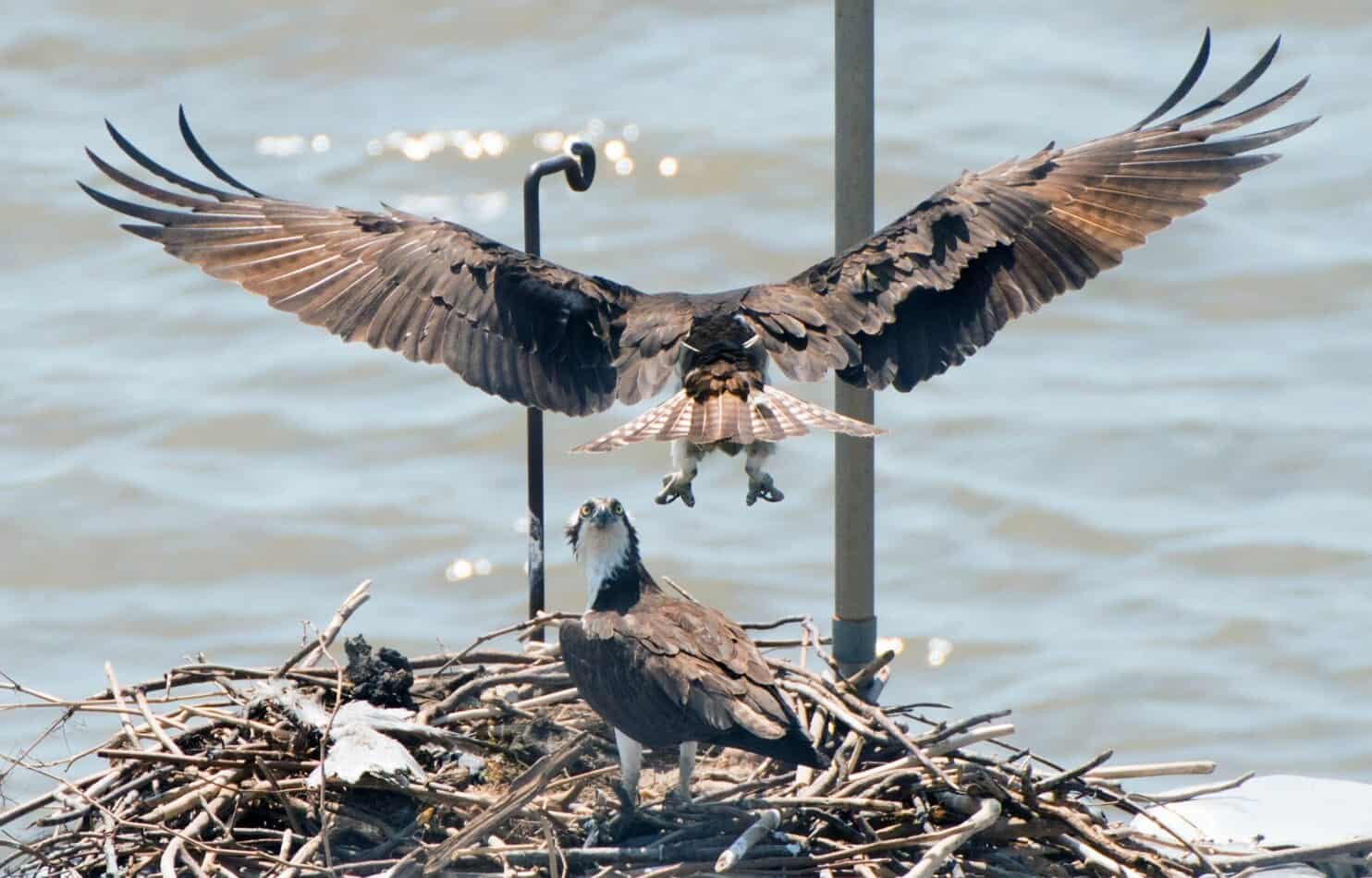
On Facebook, many supporters of the ospreys shared their concerns.
Rosedale K. Yannayon wrote: “Why didn’t they have respect for these helpless ospreys and turn them over to a rehabilitator…at least give them a chance at life!!! Shame on those involved in making this choice to terminate the lives and just dispose of these young ospreys!!”
Sue Novotny wrote that she attends ballgames at the field that is “closest to the osprey nest.”
“It was a joy to watch the birds,” Novotny said. “How they posed a threat to anyone is impossible to justify.”
A loon came to rest in a suburban Virginia pond. The ‘loonarazzi’ is following its every move.
Kyle said it typically takes ospreys months to build their nests, starting in the spring once they arrive in the Chesapeake Bay area. They usually have offspring in the early fall and then head back to warmer climates in Florida and Central and South America for the winter.
Kathleen Woods, who is president of the Maryland Wildlife Rehabilitators Association just outside Towson, said birds are euthanized more than the public realizes, but people seem to be taking more notice of wildlife as they’re spending more time outdoors because of the coronavirus pandemic.
“We’re all post-pandemic and freaked out about life,” Woods said. “People just want to see good things happen in life.”
This article by Dana Hedgpeth was first published by The Washington Post on 20 August 2021. Lead Image: Workers hold up a baby osprey that was taken from its nest at Cove Point Park in Lusby, Md. The bird and another were later euthanized, according to local birders who are upset about the situation. (Chris Hoffman).
What you can do
Support ‘Fighting for Wildlife’ by donating as little as $1 – It only takes a minute. Thank you.
Fighting for Wildlife supports approved wildlife conservation organizations, which spend at least 80 percent of the money they raise on actual fieldwork, rather than administration and fundraising. When making a donation you can designate for which type of initiative it should be used – wildlife, oceans, forests or climate.
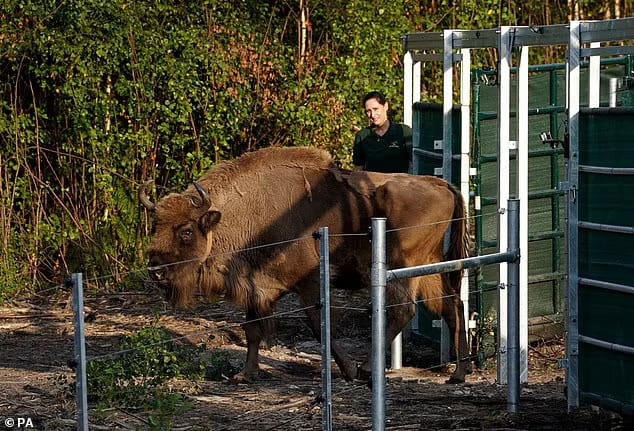
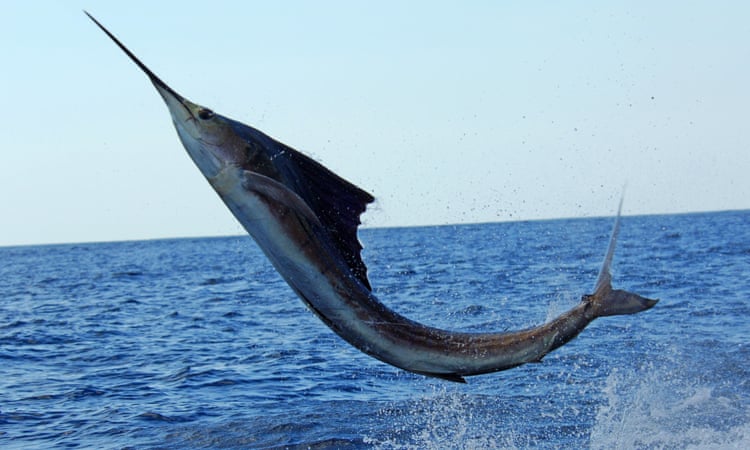
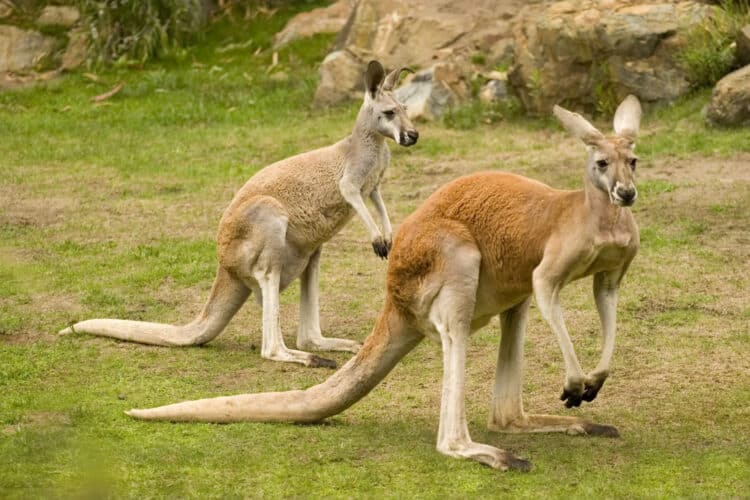
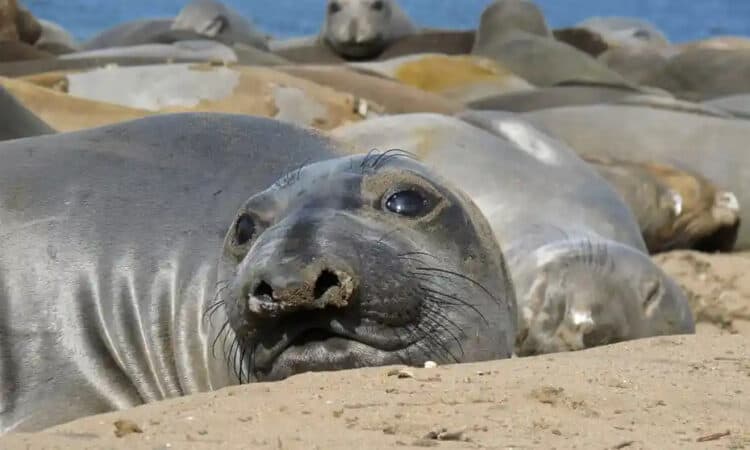
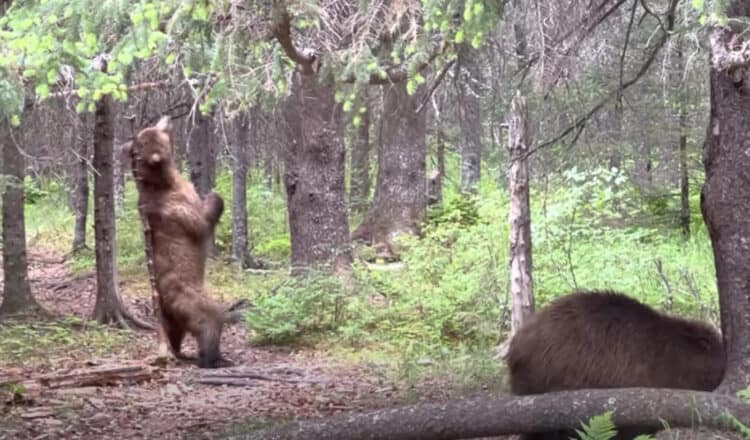
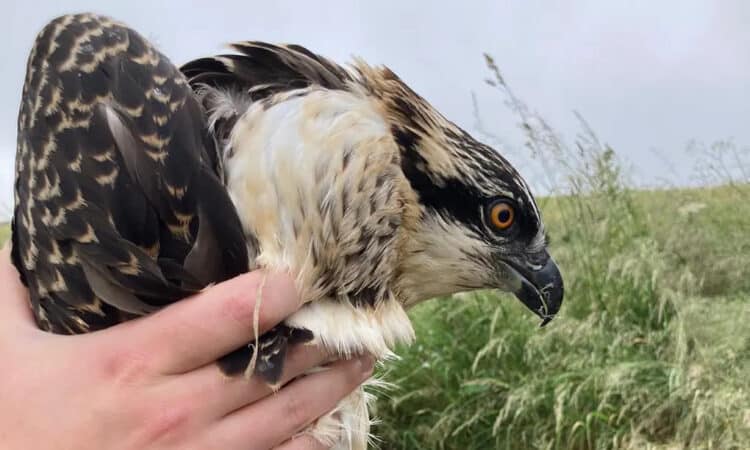
Leave a Reply